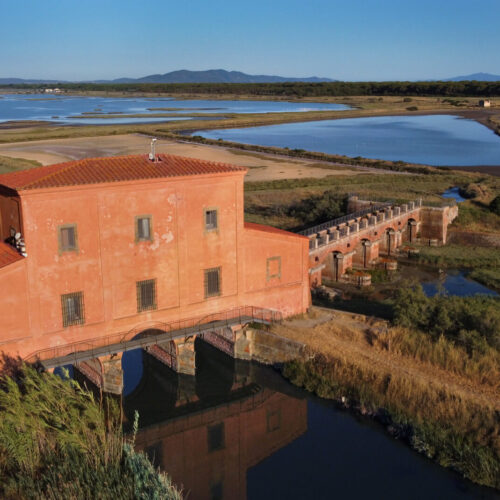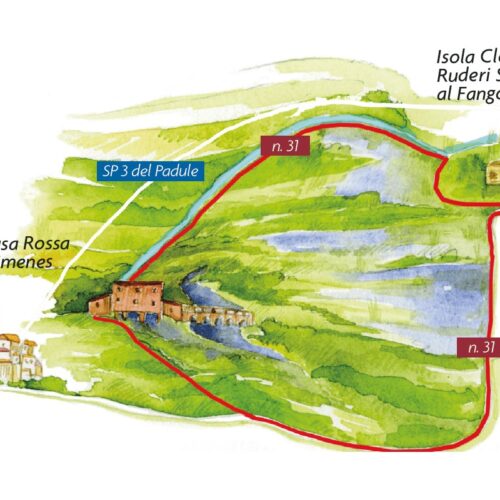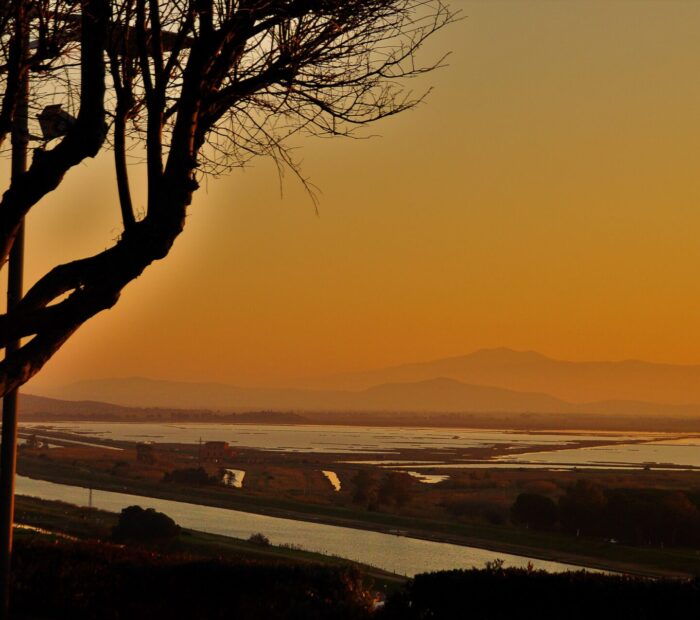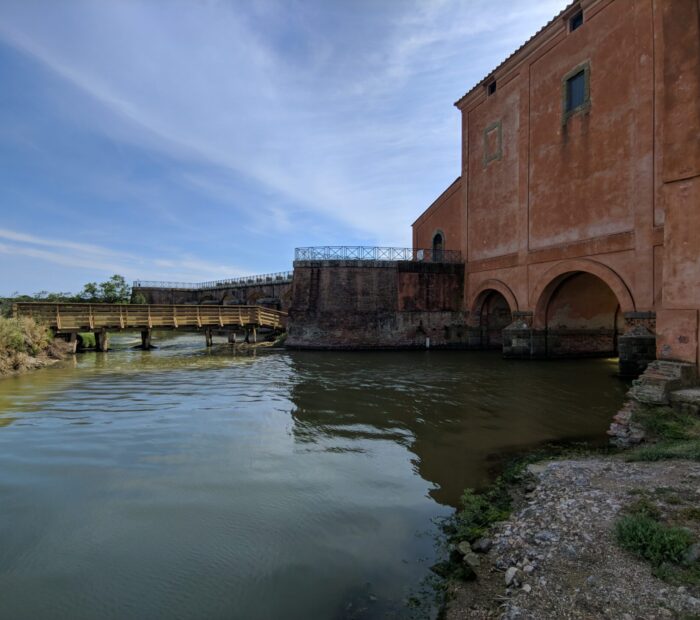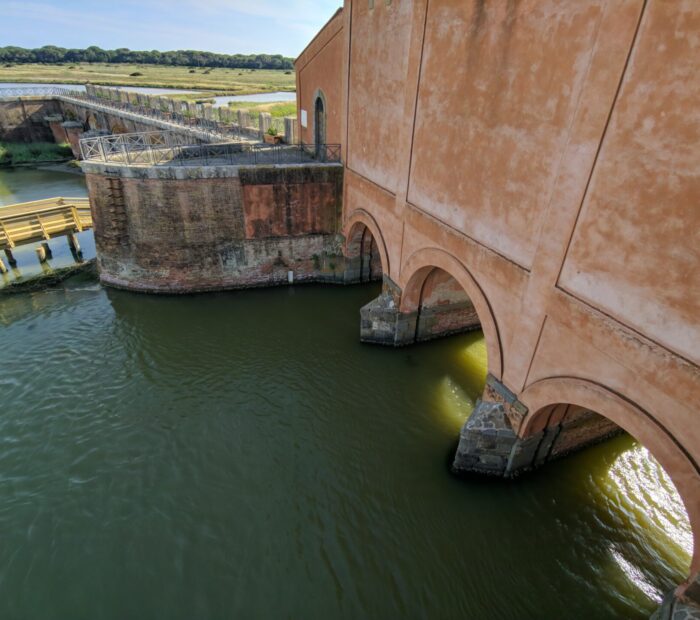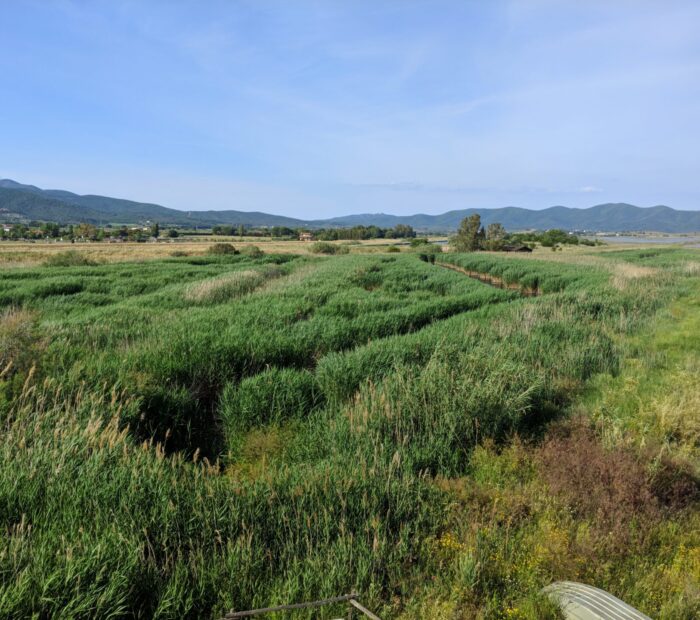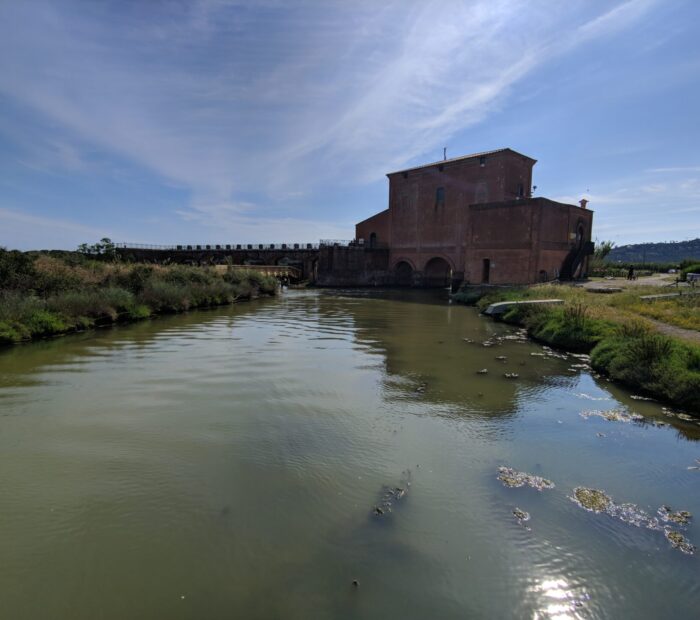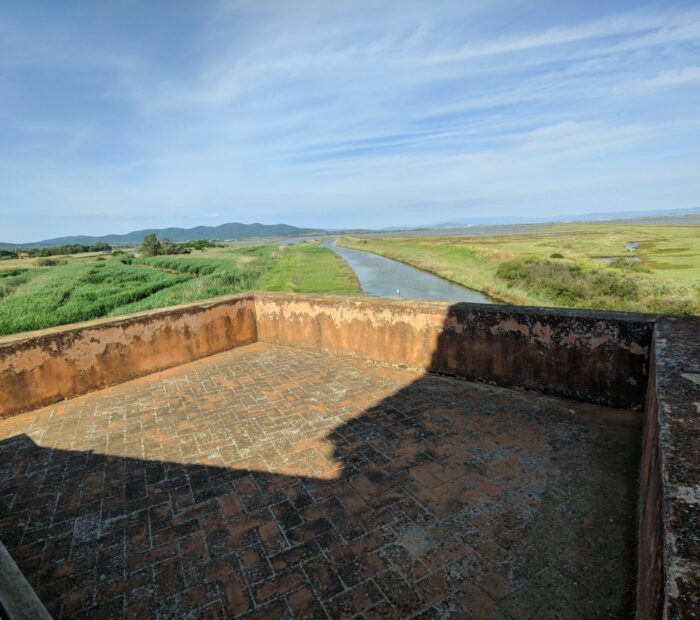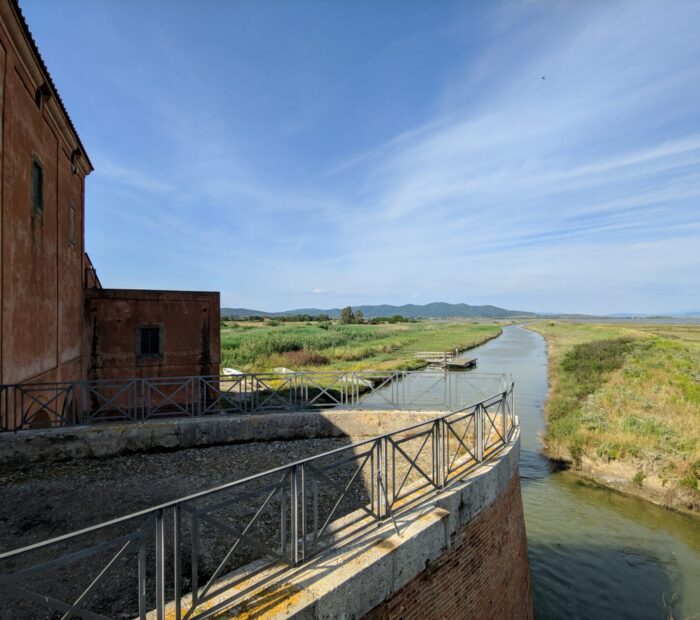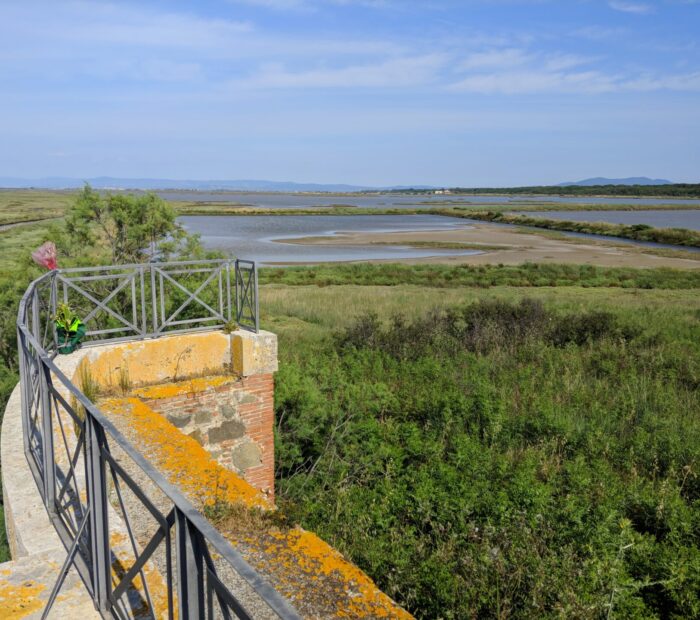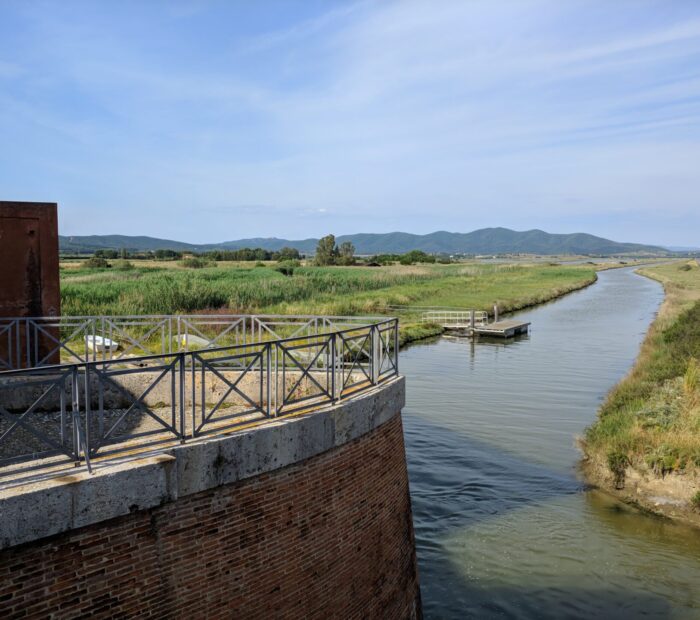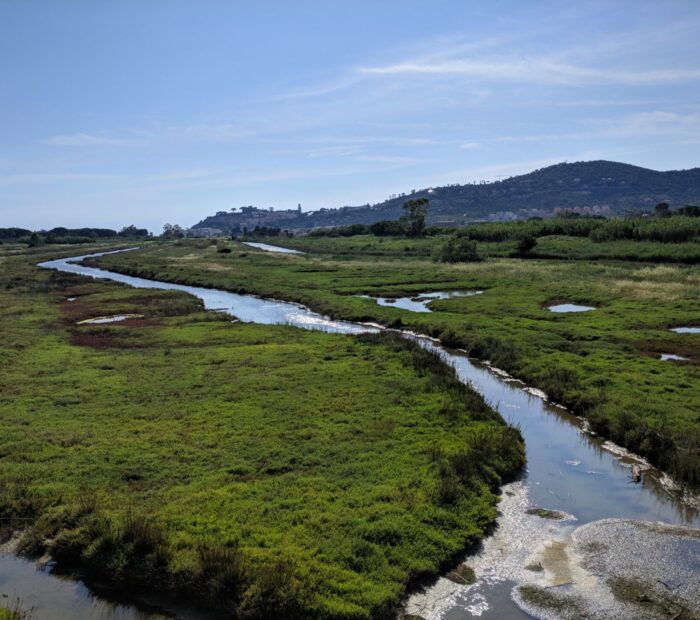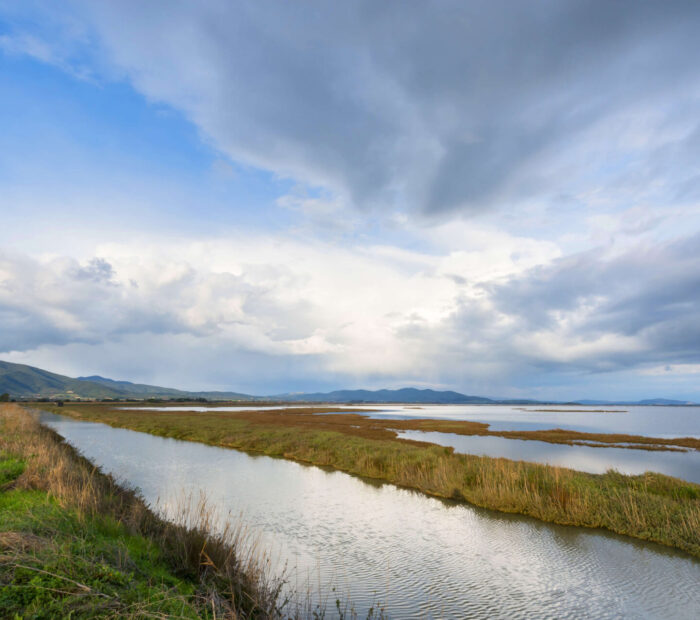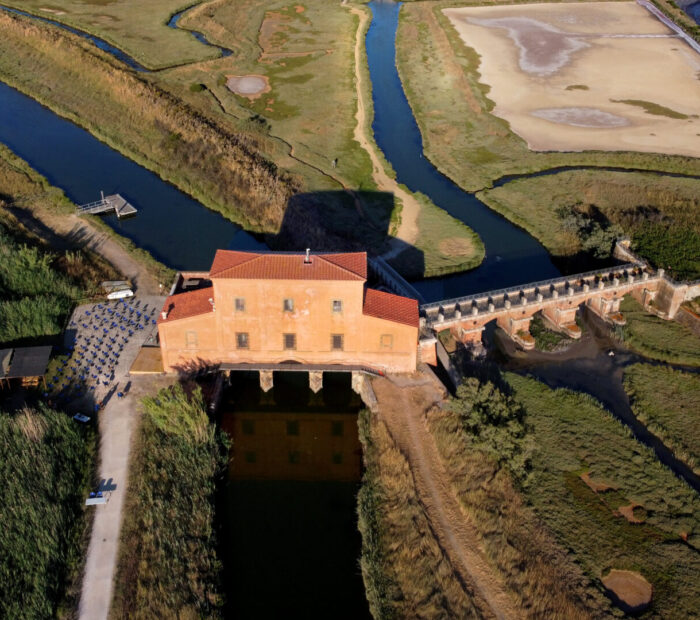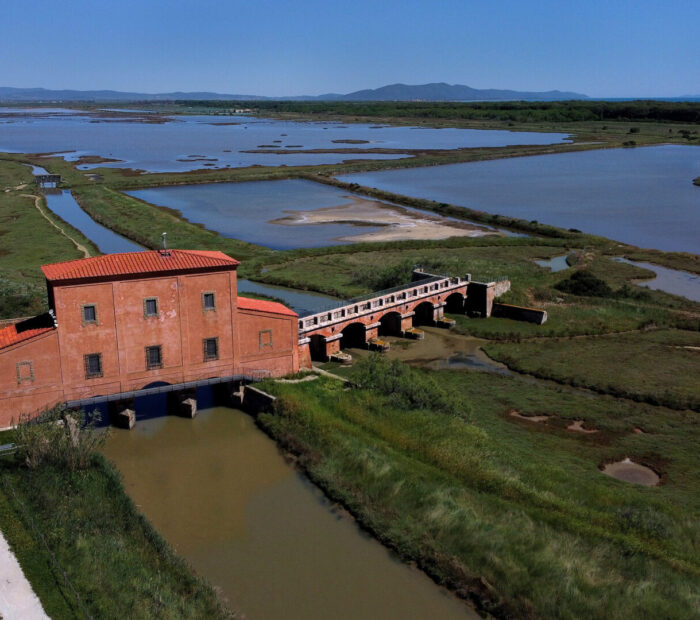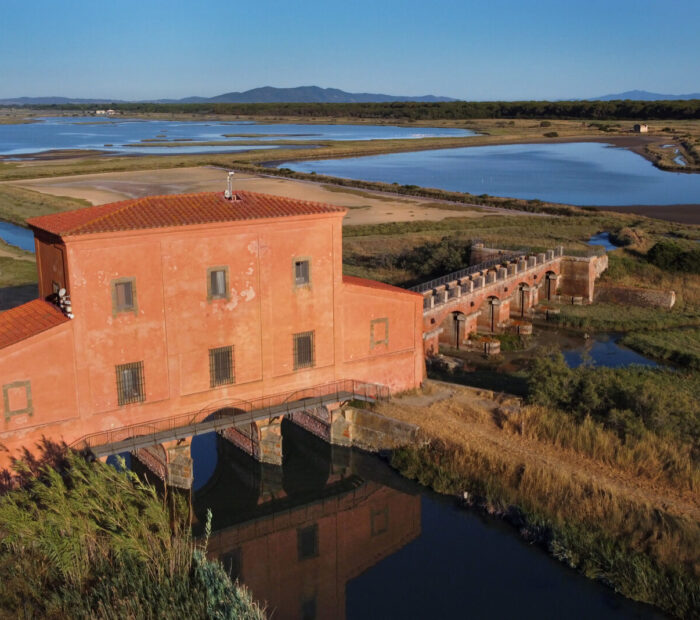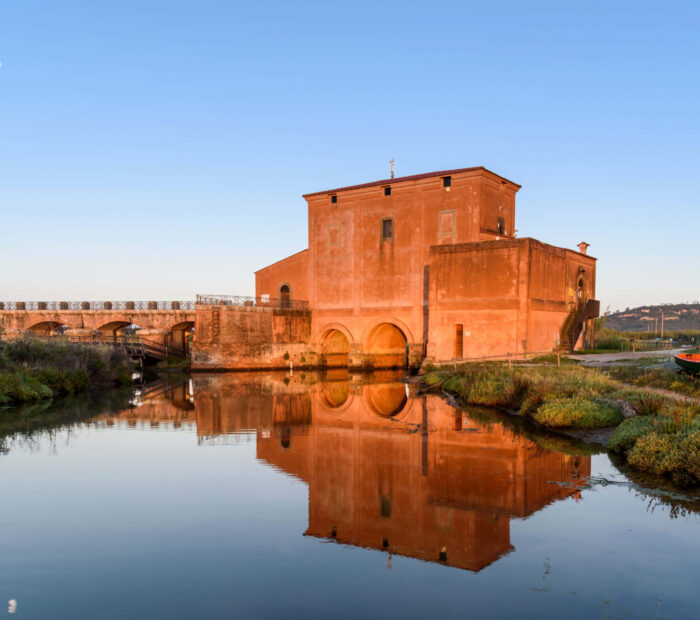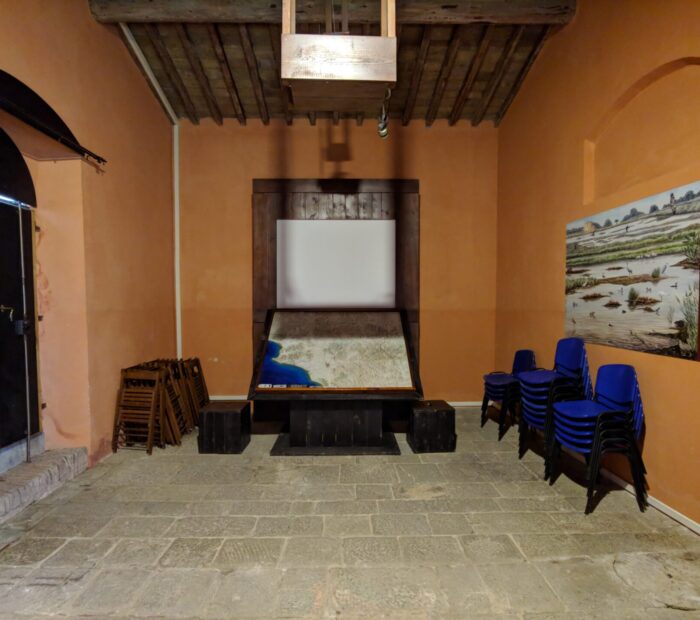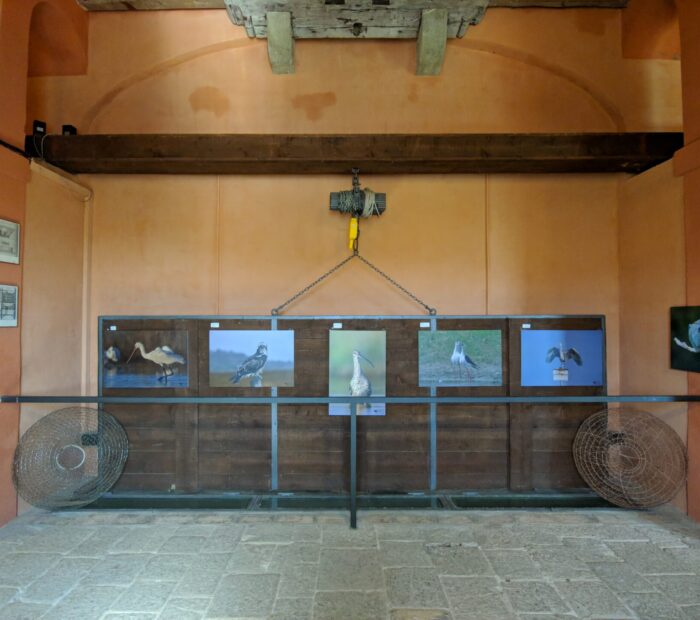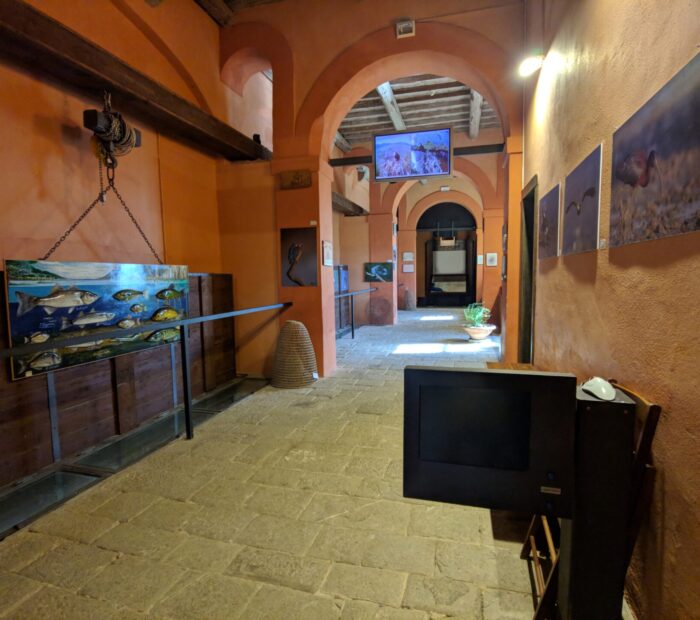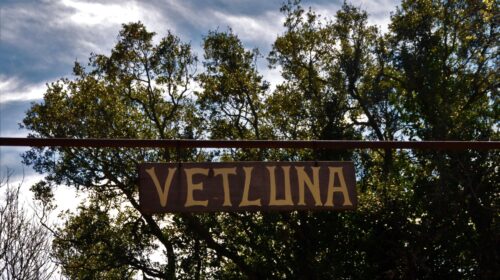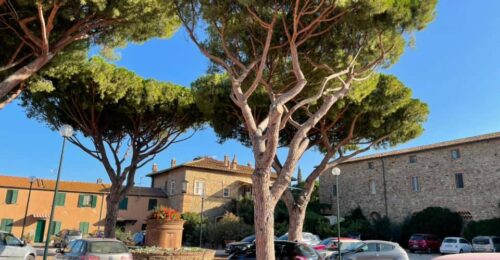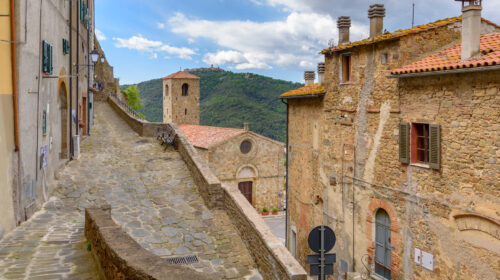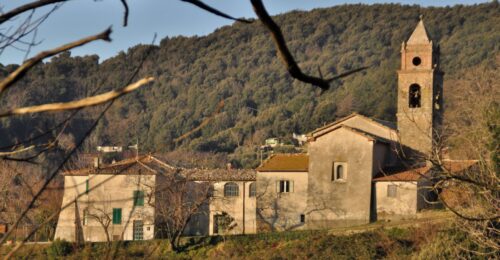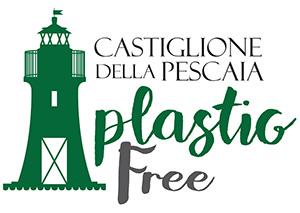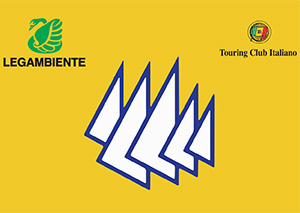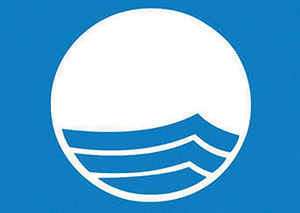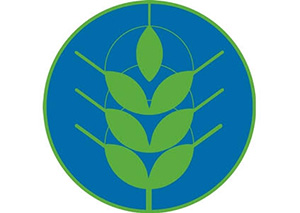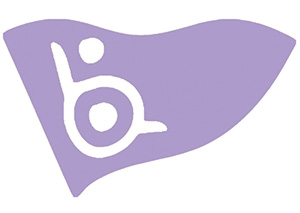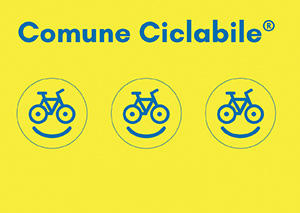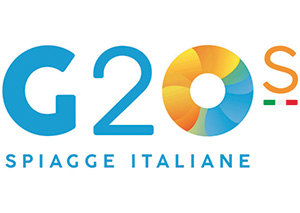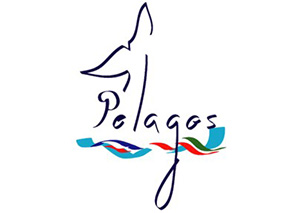Official tourism site of the municipality of Castiglione della Pescaia
It is a treasure trove of biodiversity in the heart of the Tuscan Maremma

The area currently known as the Diaccia Botrona Nature Reserve once contained a saltwater basin connected to the sea, which for centuries provided a significant economic resource that guaranteed the livelihood of the neighbouring areas through fishing, the fish trade and the supply of salt. This huge “piscaria” or fish farm, on which the castle stood, eventually gave the town its name, Castiglione della Pescaia. Over the centuries, Lake Prile first lost its salinity (it was declared a freshwater pond in 1386) and then dried up, forming the marshy basins that characterise the wetland area.
With the progressive swamping of the lake, malaria became increasingly frequent, which led to a decline in the population and consequently in local employment, forcing the inhabitants to withdraw to healthier areas, particularly during summer months. From the mid-eighteenth century onwards, the Grand Dukes of Lorena encouraged numerous recovery and reclamation initiatives, which helped improve the living conditions of this area.
For these first projects, Pietro Leopoldo appointed Leonardo Ximenes, a Jesuit mathematician, who designed the Casa Rossa, built in 1767. The building served the purpose of regulating and controlling the flow of water between the marsh area and the sea, through a system of locks. This project was therefore intended to improve the fishing, thanks to the action of the currents and exchange of water, as well as to prevent the spread of disease. Clodia island, located on the far side of the ancient Lake Prile, seems to have ancient origins. It acquired great importance precisely due its strategic position, from which it overlooked the navigable section of the Prile on one side, and faced the roads connecting Castiglione della Pescaia to the hinterland on the other.
Covering an area of 1,273 hectares, it is one of the most important coastal marshes in Italy and since 1971 has been declared a wetland of international importance under the Ramsar Convention. The reserve falls within the Italian Ministry of the Environment definition of a Site of Community Importance (SCI) and Special Protection Zone (ZPS). This is an area of great importance for the resting, wintering and nesting of aquatic birds. There are more than 200 registered bird species, 70 of which are nesting, with about 20 listed in the Habitats Directive. The aim of this Directive shall be “to contribute towards ensuring biodiversity through the conservation of natural habitats and of wild fauna and flora in the European territory of the Member States to which the Treaty applies”. There are also species and subspecies of plants as well as numerous amphibians, reptiles and insects.
Weather Observatory
The collaboration between the Municipality of Castiglione della Pescaia and the Maremman Association of Astronomical Studies (Amsa) has led to the installation of a climate and environmental data collection station in the Diaccia Botrona regional nature reserve.
The station is powered by solar energy and serves a dual function, both meteorological and environmental, providing 24-hour measurement of weather, climate and environmental data, such as temperature, humidity, atmospheric pressure, rain, wind, air quality, particulate matter concentrations and UV rays.
All this data can be viewed in real time on a monitor inside the Casa Rossa Ximenes Museum and at the following link https://www.wunderground.com/dashboard/pws/ICASTI98.

